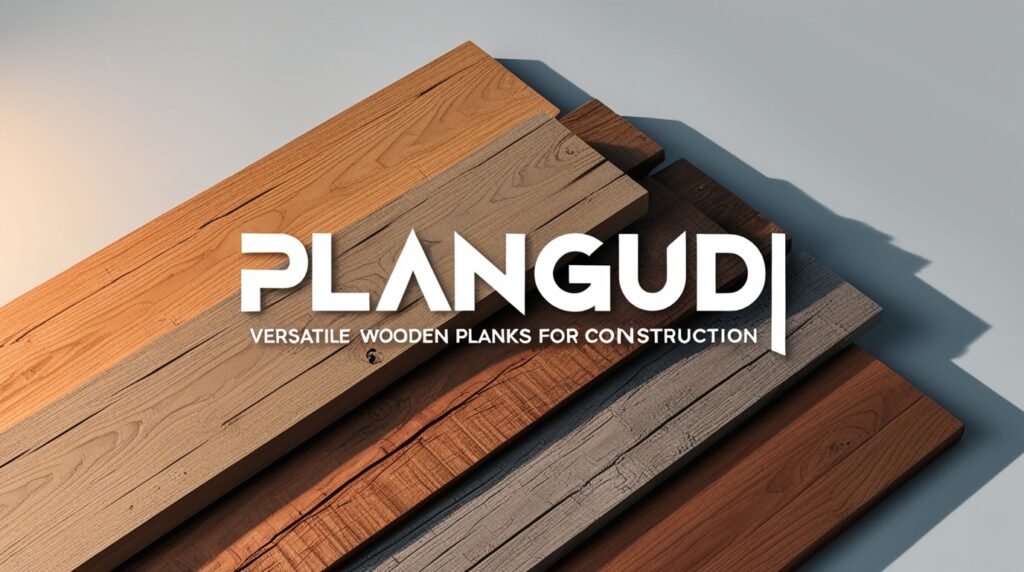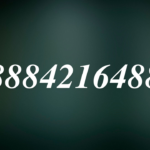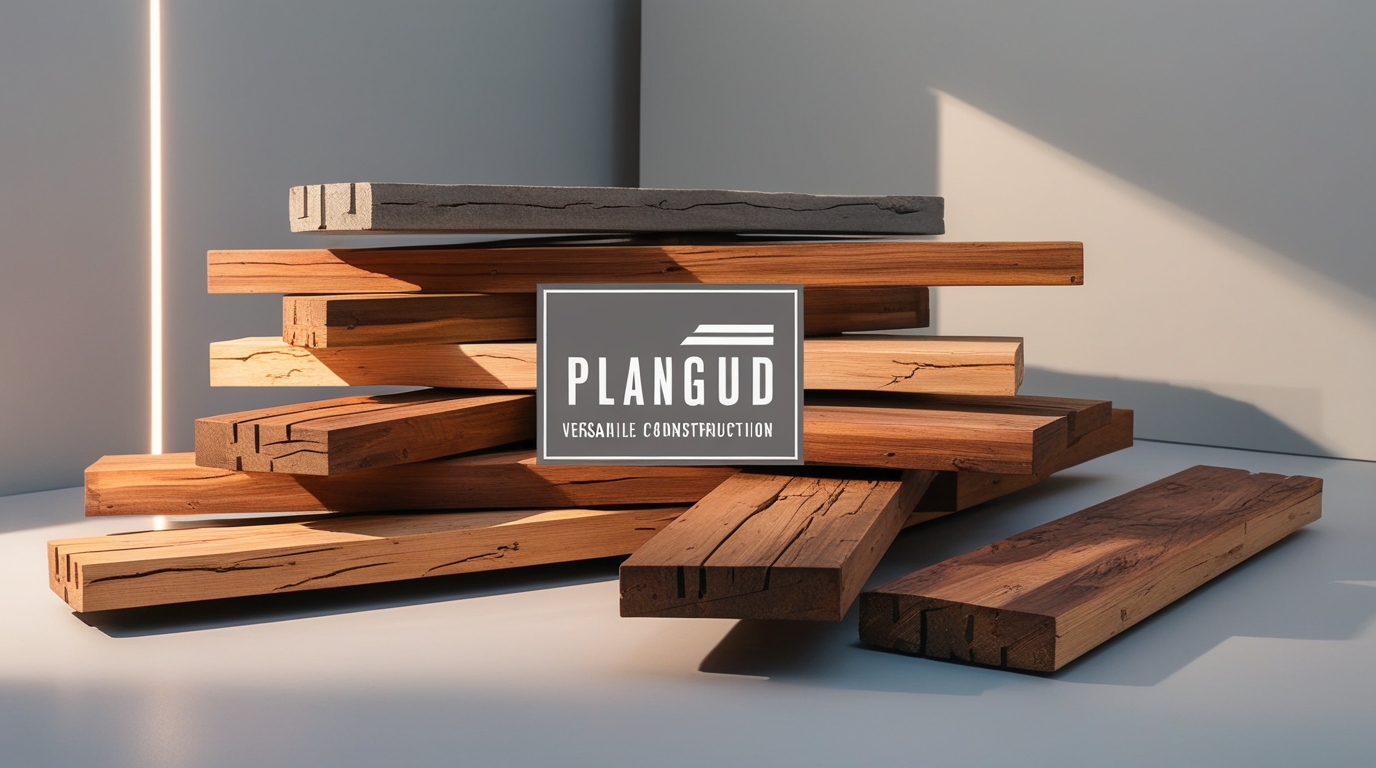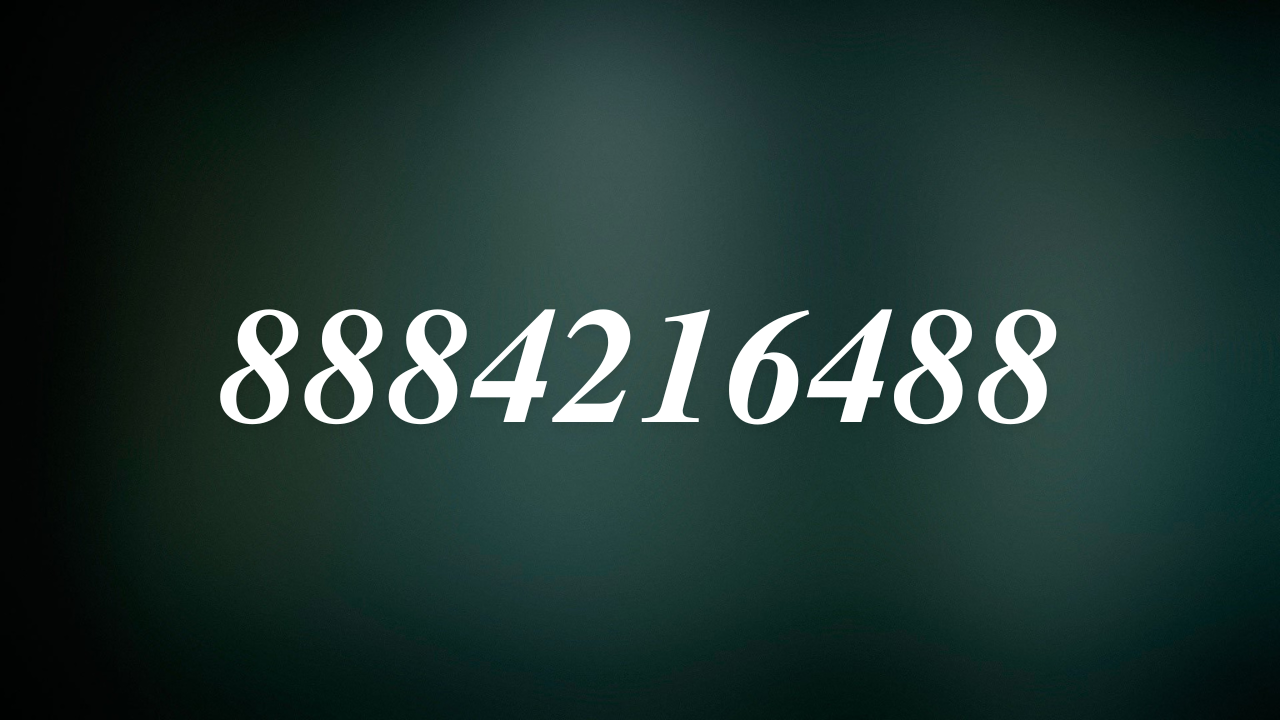Wood has been a cornerstone of human civilization for centuries, serving as a critical material in construction, furniture making, and countless other applications. Among the modern innovations in wooden materials is the concept of “Plangud,” a versatile wooden plank that has garnered attention for its adaptability, durability, and aesthetic appeal. This article explores the multifaceted uses of Plangud, its manufacturing process, benefits, and why it has become a preferred choice for many.
The Rise of Plangud

Plangud is not just another wooden plank; it represents a fusion of traditional craftsmanship and modern technology. These planks are designed to offer a balance between strength and flexibility, making them suitable for various applications ranging from flooring to wall paneling and outdoor decking. With sustainability becoming a priority in construction and interior design, Plangud stands out as an eco-friendly option that does not compromise on quality.
Manufacturing Process: The Art of Creating Plangud
The production of Plangud involves meticulous processes to ensure its superior quality. Here is an overview of how these planks are made:
- Material Selection: High-quality timber, such as oak, teak, or pine, is carefully sourced from sustainable forests. These woods are chosen for their strength, grain patterns, and resistance to wear.
- Seasoning: The wood is seasoned to reduce moisture content. This step minimizes the risk of warping or cracking, ensuring the planks maintain their shape over time.
- Cutting and Shaping: Advanced machinery cuts the timber into uniform planks. This precision ensures that every Plangud piece has consistent dimensions, a crucial factor for seamless installations.
- Treatment: To enhance durability, the planks are treated with protective coatings. These treatments may include anti-termite solutions, weatherproofing agents, and UV-resistant finishes.
- Finishing: Finally, the planks are sanded and polished to achieve a smooth surface. Depending on the intended use, they may be stained or painted to enhance their aesthetic appeal.
Applications of Plangud
The versatility of Plangud is evident in its wide range of applications. Here are some popular uses:
- Flooring:
- Plangud planks are a popular choice for hardwood flooring, offering a timeless and elegant look.
- Their durability makes them suitable for high-traffic areas, such as living rooms and commercial spaces.
- Wall Paneling:
- These planks can transform dull walls into stunning design features.
- Available in various finishes, Plngud panels add warmth and texture to interiors.
- Furniture Making:
- Carpenters and designers value Plngud for its workability and aesthetic qualities.
- It is commonly used for crafting tables, chairs, cabinets, and shelves.
- Outdoor Decking:
- Treated Plangud planks are ideal for outdoor environments, as they resist moisture and weather-related damage.
- They are commonly used for patios, pool decks, and garden walkways.
- DIY Projects:
- Home improvement enthusiasts appreciate Plngud for its adaptability in various DIY projects, such as creating custom shelves, planters, or decorative frames.
Benefits of Choosing Plangud
What sets Plangud apart from other wooden materials? Here are some of its key advantages:
- Durability:
- Plangud planks are built to last. Their resistance to wear and tear ensures a long lifespan, even in challenging conditions.
- Sustainability:
- Many manufacturers prioritize eco-friendly practices, sourcing wood from certified forests and using non-toxic treatments.
- Aesthetic Appeal:
- The natural beauty of wood is enhanced through careful finishing, making Plngud an excellent choice for those who value design.
- Ease of Installation:
- Plngud planks are designed for straightforward installation, saving time and effort for builders and homeowners alike.
- Customization:
- Available in various sizes, finishes, and wood types, Plngud can be tailored to suit specific design requirements.
Maintenance Tips for Plangud
To maximize the longevity and beauty of Plangud, proper maintenance is essential. Here are some tips:
- Regular Cleaning:
- Wipe the surface with a soft, damp cloth to remove dust and dirt.
- Avoid using harsh chemicals that could damage the finish.
- Protective Measures:
- Use coasters or mats to prevent scratches and stains on furniture made with Plngud.
- Apply a fresh coat of finish periodically to maintain the wood’s luster.
- Avoid Moisture:
- While treated Plngud is resistant to water, prolonged exposure to moisture should be avoided.
- Use sealants to enhance water resistance for outdoor applications.
Plangud in Sustainable Construction
In today’s world, where environmental concerns are paramount, Plngud aligns perfectly with the principles of sustainable construction. By opting for responsibly sourced and treated planks, builders and homeowners contribute to reducing the ecological footprint of their projects. Moreover, the durability of Plngud means less frequent replacements, further conserving resources.
Innovations in Plangud Design
Manufacturers are constantly innovating to expand the potential of Plngud. Recent advancements include:
- Engineered Plangud:
- Combining layers of wood and composite materials for enhanced stability and resistance to environmental changes.
- Smart Coatings:
- Incorporating nanotechnology in finishes to provide superior scratch and stain resistance.
- Interlocking Systems:
- Introducing interlocking designs for faster and more secure installations, particularly in flooring and wall paneling.
- Reclaimed Wood Options:
- Using recycled wood to create Plngud, adding a rustic charm while promoting sustainability.
Frequently Asked Questions (FAQs)
- What is Plangud made of?
- Plangud is made from high-quality timber, such as oak, teak, or pine, often sourced from sustainable forests. It undergoes seasoning, cutting, treatment, and finishing to ensure durability and aesthetic appeal.
- Can Plngud be used outdoors?
- Yes, treated Plngud planks are ideal for outdoor applications, such as decking and patios. They are resistant to moisture and weather-related damage.
- How do I maintain Plngud flooring?
- Regular cleaning with a soft, damp cloth and avoiding harsh chemicals will help maintain Plngud flooring. Apply protective finishes periodically to enhance its longevity.
- Is Plangud environmentally friendly?
- Plngud is often produced using eco-friendly practices, including sourcing wood from certified forests and applying non-toxic treatments. Its durability also reduces the need for frequent replacements.
- Can I customize Plngud planks?
- Yes, Planguud is available in various sizes, finishes, and wood types, allowing for customization to meet specific design requirements.
- What makes Planguud different from regular wooden planks?
- Planguud combines traditional craftsmanship with modern technology, offering superior durability, versatility, and aesthetic options compared to regular wooden planks.
Conclusion
Plangud planks represent a modern solution to age-old needs, blending the natural appeal of wood with the reliability of advanced manufacturing techniques. Their versatility makes them a valuable addition to any project, whether it involves creating a cozy living room, a robust outdoor deck, or an eye-catching piece of furniture. As awareness of sustainable practices grows, the demand for high-quality, eco-friendly materials like Planguud is set to increase. Whether you are a builder, designer, or DIY enthusiast, Planguud offers endless possibilities to bring your vision to life.










